Fonderie Miniature 1/48 Blohm & Voss BV.212P
Flughafen am Dammschen See, located on the Eastern bank of the Oder River in the Pomeranian city of Szczecin, was seemingly a quiet airstrip in 1942. During the last 6 months not a lot of flight activity was evident...apart from some Ju-52 “mysterious” flights. Those Ju-52s would arrive at non-specified intervals, always with fighter escort, taxi towards a small hangar which they would approach closely, their cargo door facing the hangar door. With engines running, some “boxes'' would quickly be unloaded and transferred to the strange hangar, its doors closing as quickly as they opened, the Ju-52s fleeing away...
Something serious was going on, in that small hangar: a Secret Project for sure, but what kind of? Apart from the strange Ju-52 deliveries, the only other clue were the hissing loud noises that could only be heard at nights: some nights those noises were monotonous, whereas some other nights the noise would slowly fade away, gradually reappearing (but at a lower level) after half an hour or so, as if something fey would go away and return.
Well, it was one of those sweet warm June 1942 mornings, when the same hissing sound became clearly audible: that was a first! Those noises had only been heard during night time so far! Gerard Stachnik's curiosity, a 15yo student with passion for anything that flew, rose to extreme levels: he rushed to a nearby mound, from where the small strip was clearly visible. If something were to happen at the airport, this would be the perfect spot to witness it…and there it was! A plane for sure, not a big one, but...where was the propeller? And its engine sounded more like a rocket than a piston one!
As the plane was taxiing, more astonishing details would become evident: to start, there was a hole at the front, from where air was seemingly sucked to feed the mysterious engine. Then, it was this futuristic swept wing shape that started with a dihedral, sharply changing to an anhedral towards the tips; no tail at all, but two fins located on the wings at the dihedral to anhedral changing point. And, of course, the tricycle landing gear that gave the strange plane, painted in a weird two tone gray disruptive camo, an unusual, horizontal posture!
Many other features could have become evident, but there was no time to spot them, as Oberleutnant Marcel Rösch, the proud but very focused pilot, pushed very gently the demanding machine's throttle, with the engine slowly but steadily picking up revs, the noise levels gradually increasing: moment of truth: the plane started to accelerate at an unprecedented rate! Soon it rotated and lifted off, with its camo, shape and, of course, speed, rendering it invisible at no time…
That Rösch was very happy with “his” plane was apparent: it was fast yet agile (those conservative critics of the design were proved wrong), its firepower was adequate, at least for the moment, and it seemed to be a rugged machine. In a few words, a successful design with a lot of potential.
Of course, no one would be naive enough to believe that design limitations or even “misses”, together with teething problems would not take place, this being especially true for the captious and extremely skillful Rösch. The main landing gear was narrow, deeming the heavy crosswind landings very tricky. The brakes were quickly overheating, leaving Rösch with no other choice but land the “hot” BV close to its stall speed and touch the runway at its very edge, so that he would land as slow as possible and use the maximum allowable runway length. The fact that the engine would take ages to pick up speed if something went wrong, only added to the tricky landing procedure, which, like in the Komet, would more or less have to be perfect every time…
Endurance was not at all great, merely sufficient for the BV's “point interceptor” role - that engine would consume a lot of fuel! Finally, the engine severely surged upon ingesting gun exit gases during firing, necessitating throttling back before shooting.
Rösch had also noted that when speed approached 600 knots during dives, there was unusual buffeting and the controls became stiffer. Upon discussing the issue with his supporting team, he was told that he approached the speed of sound, but they were yet uncertain of how this was connected with the observed remarks…
Anyway, another successful flight was nearing its end: Rösch made a spotless landing, quickly taxiing towards the small hangar, leaving young Gerard speechless and astonished. He was determined to stay more on the mound, maybe spotting other interesting details, but the sound of a closing patrol would change his plans. He left the mound as quickly as he could.
This was the day that changed Gerhard's life forever. After the war that he was lucky enough to survive it, he moved to France where he studied Aeronautical Engineering, then excelling as an aerodynamic designer in a “Société des Avions” company that was run by a gifted man who firmly believed that a successful aircraft design cannot result in anything less than a aesthetically pleasing aircraft...
In reality, the Blohm & Voss P 212 was a proposed jet fighter designed by Blohm & Voss during the Second World War. Its design studies could be traced in early 1945, hne RLM sought a replacement for the Heinkel He 162 Volksjäger under the continuing Emergency Fighter Program (Jägernotprogramm). The new aircraft would be built around the new Heinkel HeS 011 jet engine that was in the developmental stage, in order to create a better high-altitude fighter jet.
Blohm & Voss' proposal consisted of a tailless swept wing design with two small vertical fins located near the wingtips. Its short, stubby fuselage would contain the HeS 011 engine that would be air-fed by a front mounted intake. The cockpit would be pressurized, whereas the wings design would allow them to be made out of either wood, steel or aluminum as available. With an internally carried fuel of 2100lt and another 600lt in two underwing drop tanks, an endurance of four hours was envisaged.
Although the Ta 183 was finally chosen for production, three BV-212P prototypes were ordered. Construction began in May 1945 and was terminated by the end of the war, without any test flights being performed.
This is your typical Fonderie Miniature kit, meaning the definition of "short run multimedia kit", though, in this case, the low amount of parts and small size of the model place it among the less challenging ones. The kit was built through our friend's @lgardner very sucesful "Luftwaffe", with the build thread found here:
https://imodeler.com/groups/imperial-german-air-service-luftwaffe-group-build-may-1st-1910-to-present-day/forum/topic/fonderie-miniature-1-48-blohm-voss-bv-212p-1/ - a big thanks to all followers!
Should you wish to read the full build review, you might do so by visiting my beloved site Modelingmadness:
https://modelingmadness.com/review/axis/luft/46/penbv.htm
Happy modeling!
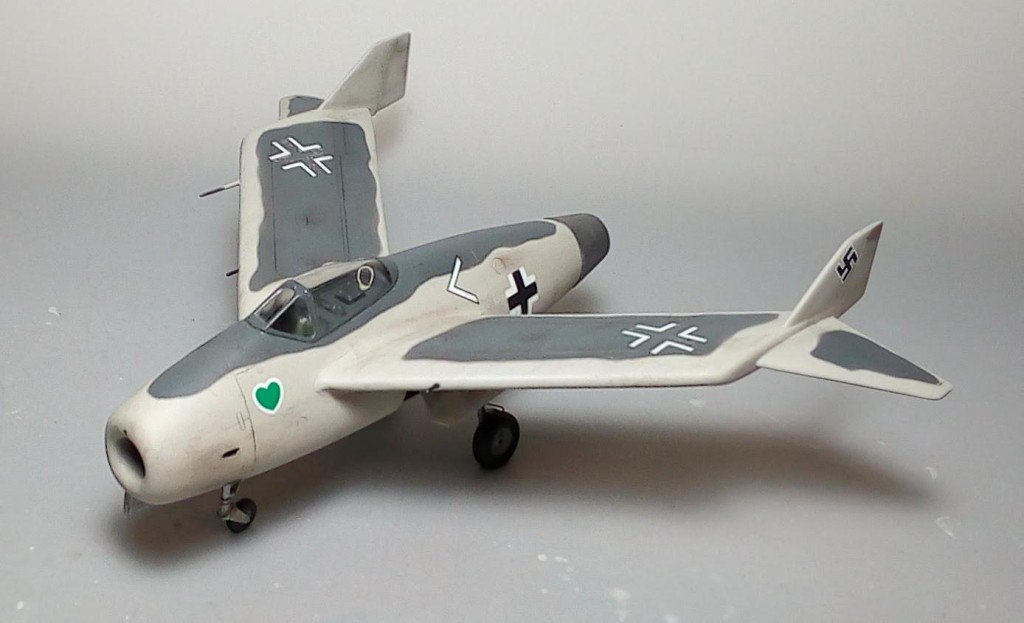
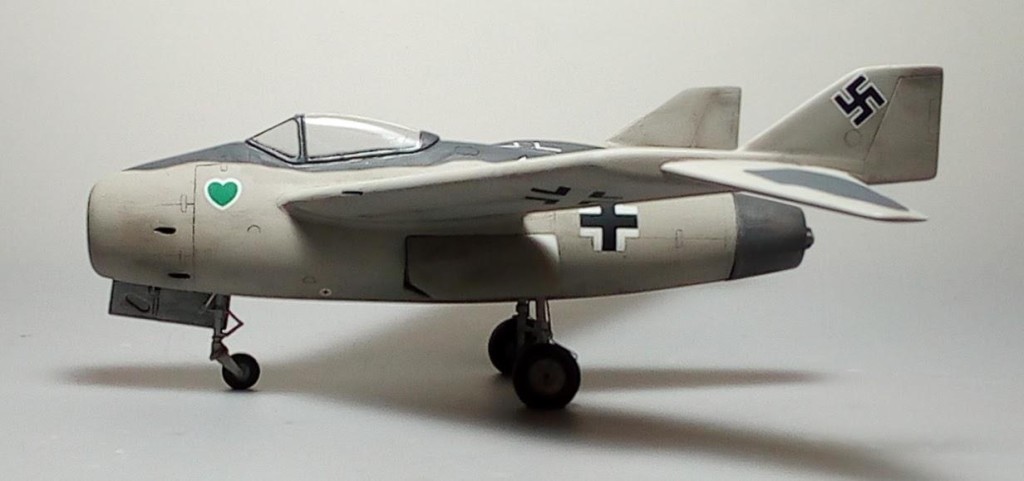
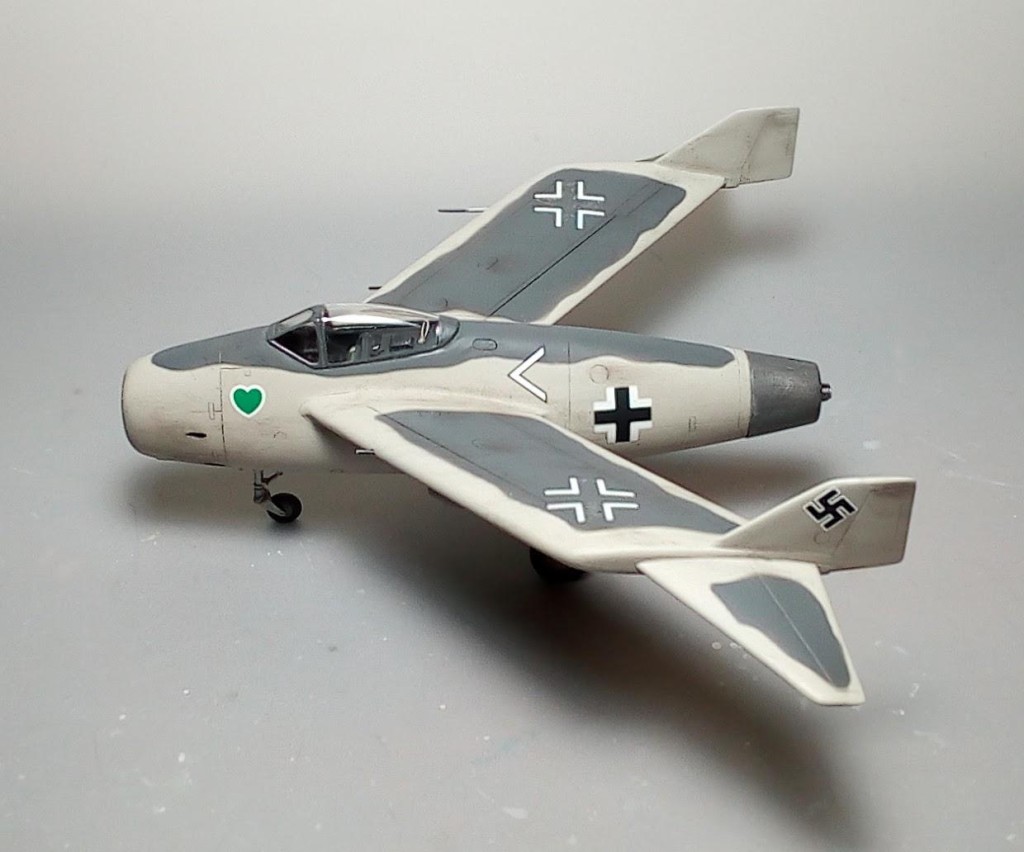
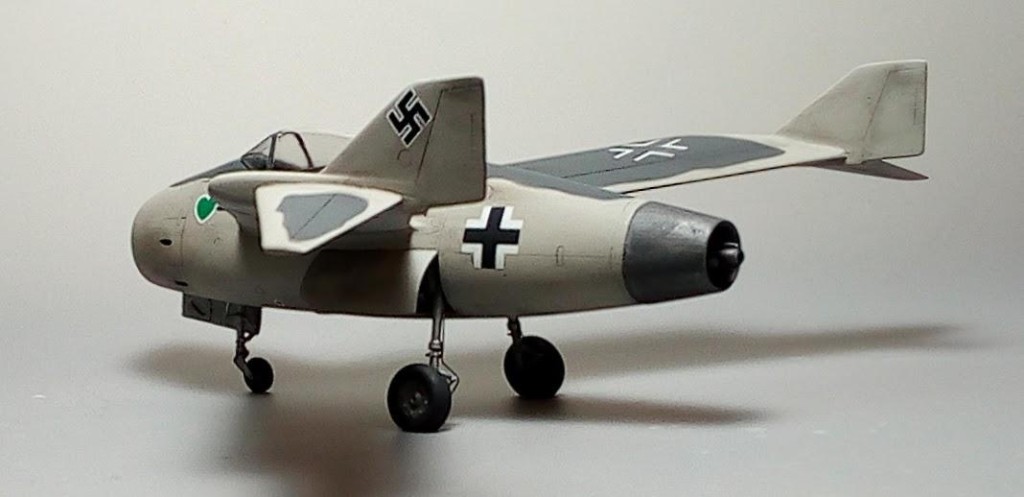

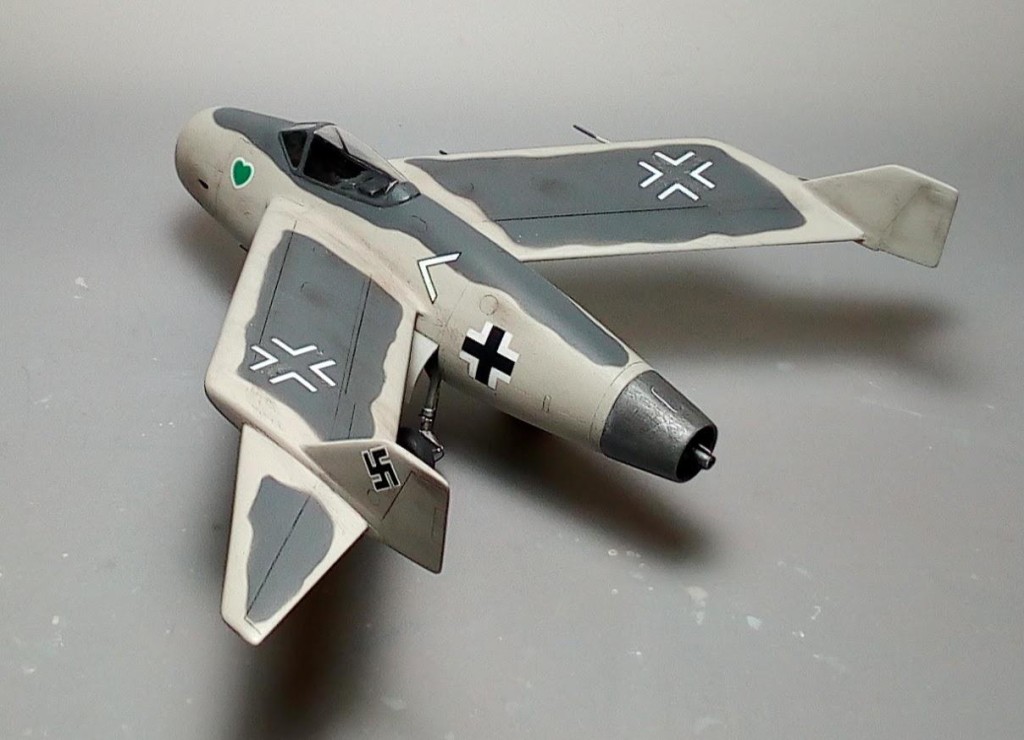
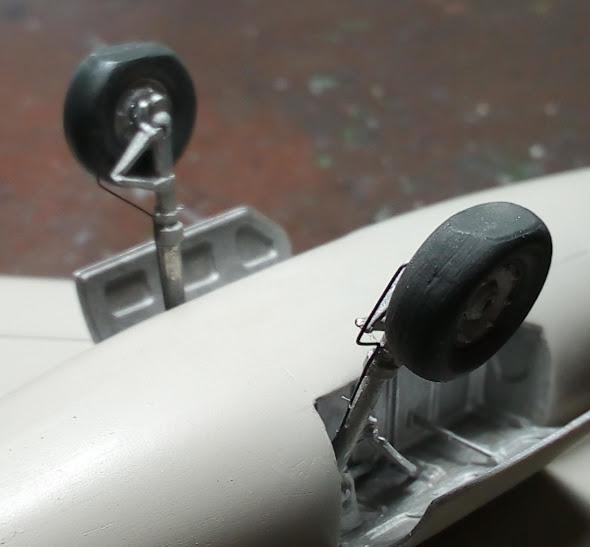
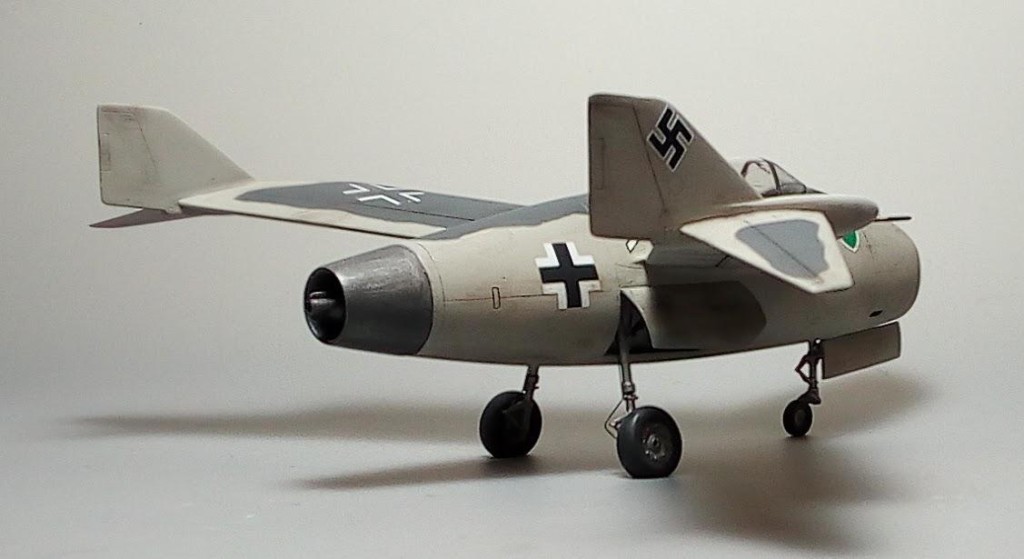
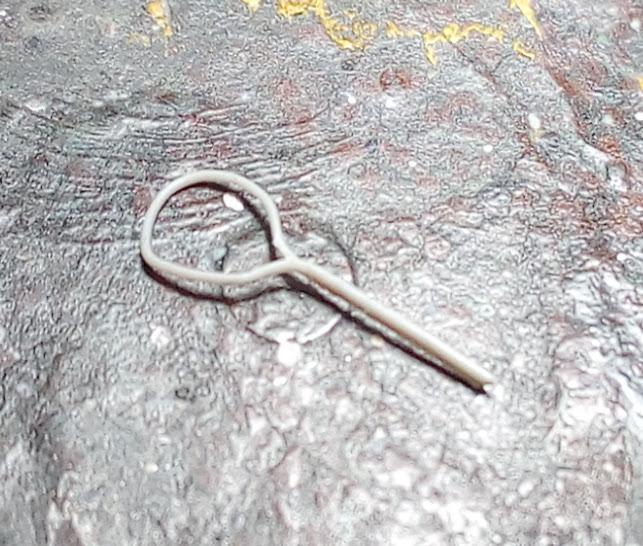

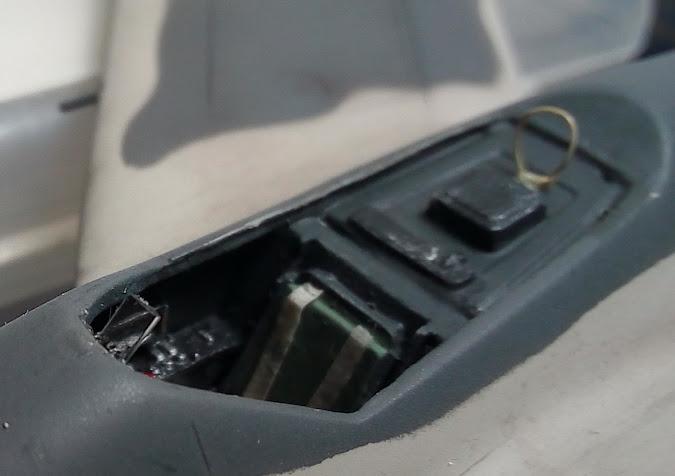
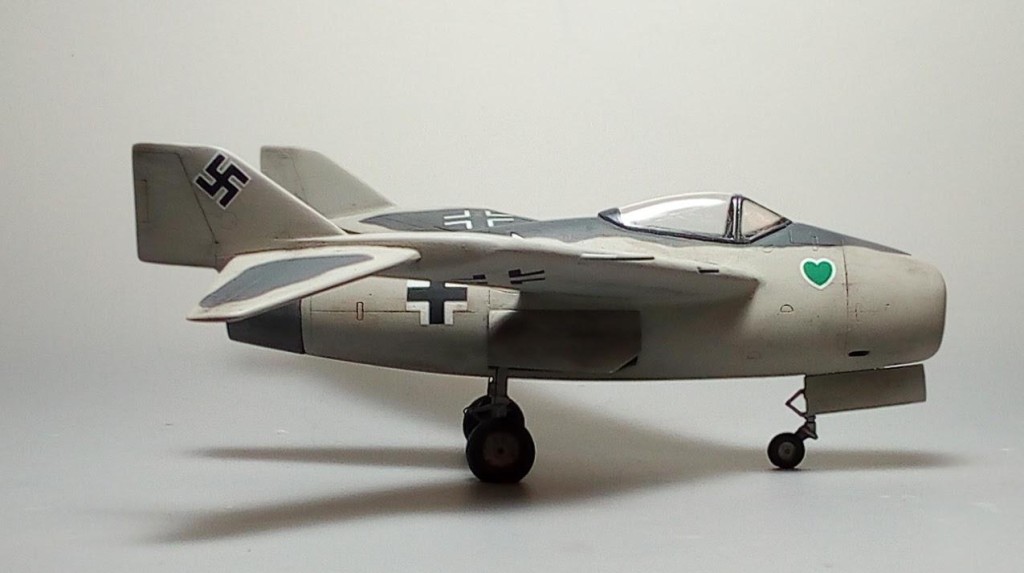
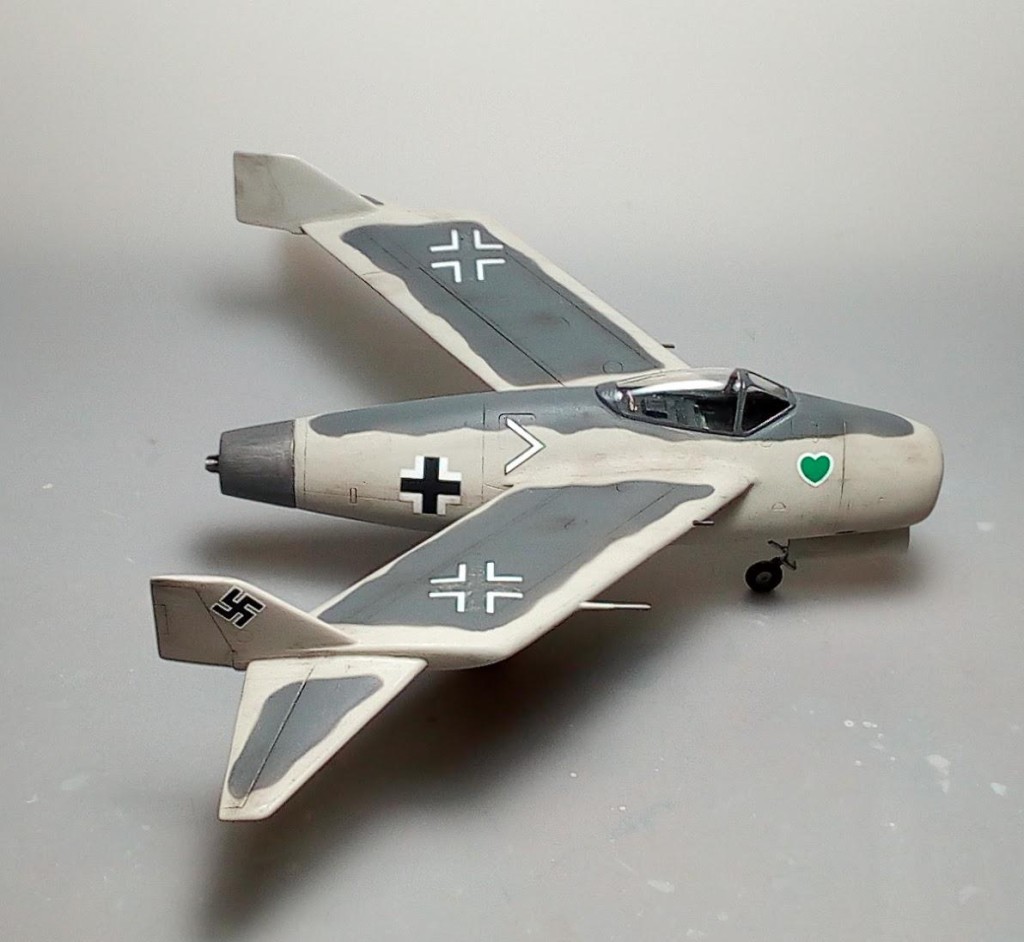




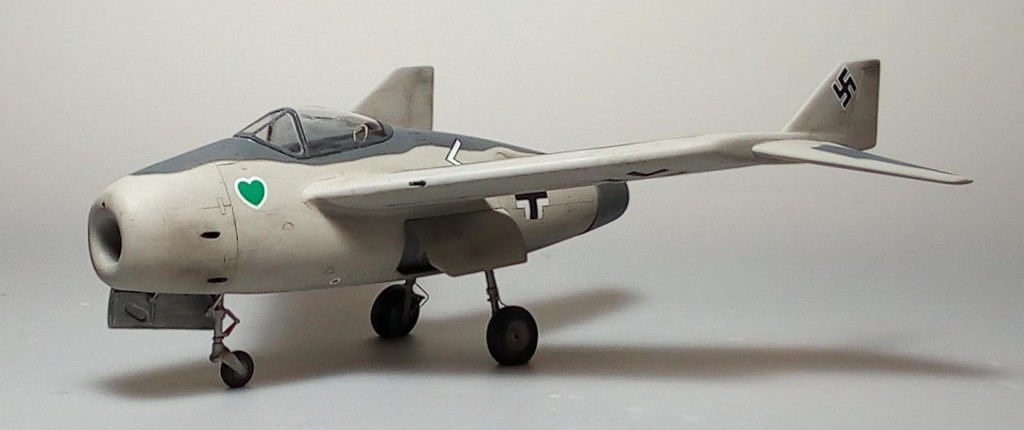
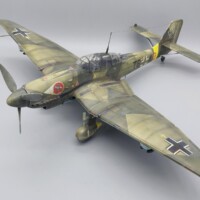
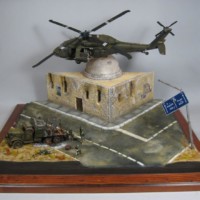


Spiros,
Loved the back story. Entertaining, engaging while making the reader . . . read on. Loved the modeling too. Given the pedigree of the kit manufacture everything came together and it all works.
Two thumbs up.
Thanks my friend @stephen-w-towle!
It really is a good job for the rest of us that the German regime waisted so much time and effort on schemes such as this instead of sticking to what they did best...
Fantastic job on this little curio Spiros.
Thanks my friend @neil-foster!
What an amazing result, Spiros @fiveten
The scratch build antenna and brake wires are a beautiful addition.
Your supporting story is a pleasure to read as well.
And ofcourse a pleasure to follow your thread, very informative.
Thank you so much, my friend @johnb!
This one was a pleasure to watch you build, Spiros.
Thanks my friend @j-healy!
Great job, Spiros (@fiveten) on a kit that was probably filled with challenges, no, wait, let's call them opportunities to excel. Nice work on detailing the cockpit. How many planes to you have going at the same time? I have trouble keeping up with one. :o)
Thanks my friend @gblair! Ongoing projects average at about 10, with 2 to 3 being priotitized.
Great story Spiros @fiveten. The tale about Gerard almost got me. Looks like Tank and his crew were following the same path as BV (or vice versa) with their 183. Another cool build from you and certainly a modeling choice not seen very often. Thumbs up!
Thanks my friend eb801! Yep, similar trends with Tank's designs, those beautiful but seemingly unstable machines would definitely need fly-by-wire to fly!
Nice, cool build of an unusual subject.
It's a shame FM shut down, they made all the delicious oddball stuff.
Thanks my friend @kopperhed! Yes, FM tackled some reeeealy great subjects! Much missed.
Fantastic build. I love Your story!
Thanks my friend @lis!
Another Gem, Spiros! Love the unusual...as well as the story. Well done, all around.
Thanks my friend @gwskat!
I don't know how you build these FM kits without going insane. Very nice model.
Thanks my friend @dbdlee!
@fiveten, What a cool model Spiros! I really enjoyed the article and the plane looks great! ?
Thanks my friend @garybrantley!
What a nice story, model and write up Spiros . Luft 46-47 never occurred or we would not be here !
Thanks my friend @bernardbedeur!
I am trying to figure out which one is better,the intro or the kit!
Congrats friend,for another one!
Thanks so much, my friend @mvtb!
Nicely done! Another rare and unusual bird, and a cool scheme to boot.
Thanks my friend @gkittinger!
Aha another finished FM kit ! Looks excellent and I do love Luftwaffe '46
Thanks my friend @info4!
Very cool!
Thanks my friend @rbungay!